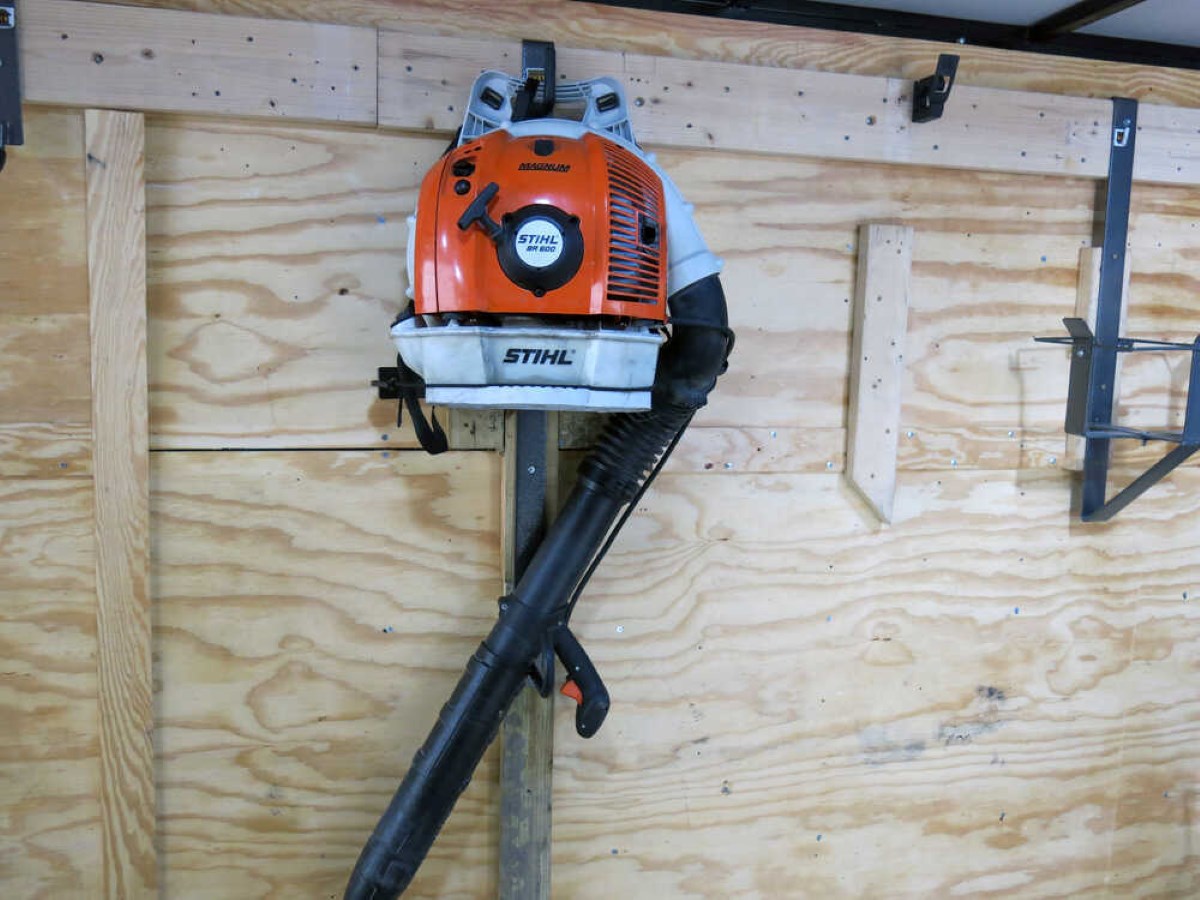

Articles
How To Store A Backpack Blower
Modified: December 7, 2023
Learn the best ways to store your backpack blower with our informative articles. Keep your equipment in top shape and ready for any task.
(Many of the links in this article redirect to a specific reviewed product. Your purchase of these products through affiliate links helps to generate commission for Storables.com, at no extra cost. Learn more)
Introduction
A backpack blower is a versatile and powerful tool that helps homeowners and professionals keep their outdoor spaces tidy and free from debris. Whether it’s clearing leaves from the lawn, removing grass clippings from pathways, or blowing away dust and dirt, a backpack blower is an essential piece of equipment with many uses.
However, when the job is done, it is important to properly store the backpack blower to ensure its longevity and reliable performance. Storing the blower correctly will not only protect it from damage but also make it easier to start and use when you need it again.
In this article, we will provide you with a step-by-step guide on how to store a backpack blower to keep it in excellent condition. We’ll also share some helpful tips for long-term storage to ensure your blower stays in optimal shape during the off-season. By following these simple guidelines, you’ll be able to extend the lifespan of your backpack blower and save money on repairs or replacements.
Key Takeaways:
- Properly storing your backpack blower is crucial for maintaining its performance and longevity. Follow safety precautions, clean thoroughly, empty the fuel tank, and store in a dry location to ensure reliable performance when needed.
- Taking the necessary steps to store your backpack blower correctly will save you time and money in the long run. From cleaning and emptying the fuel tank to detaching the blower tube and following long-term storage tips, you can ensure peak performance for years to come.
Read more: How To Store Backpack Blower
Safety Precautions
Before you start the storage process for your backpack blower, it’s essential to take some safety precautions to ensure your well-being and protect your equipment. Here are some safety measures to keep in mind:
- Turn off the blower: Before doing anything else, make sure the blower is turned off and the engine is completely cooled down. This will prevent accidental starts and potential injuries.
- Wear protective gear: Always wear proper protective gear, such as safety goggles, gloves, long sleeves, and closed-toe shoes, when handling the blower or any of its components.
- Inspect for damage: Before storage, take a few moments to inspect the blower for any visible damage. Check the fuel lines, blower tubes, handles, and straps for cracks, tears, or signs of wear. If you notice any issues, repair or replace the damaged parts before storing.
- Remove debris: Clear any debris from around the blower, such as leaves, sticks, or dirt. This will prevent potential obstructions or fire hazards during storage.
- Store in a ventilated area: It is important to store your backpack blower in a well-ventilated area to prevent the build-up of flammable fumes. Avoid storing it near open flames or sources of ignition.
- Keep out of reach of children: Store the blower in a secure location that is inaccessible to children or pets. This will prevent any accidental injuries or misuse of the equipment.
By following these safety precautions, you can ensure a safe and problem-free storage process for your backpack blower.
Cleaning the Backpack Blower
Before storing your backpack blower, it’s important to clean it thoroughly to remove any dirt, debris, or residue that may have accumulated during use. Cleaning not only helps to maintain the blower’s performance but also prevents any clogs or damage caused by leftover debris.
Here are the steps to clean your backpack blower:
- Remove the tube and attachments: Start by detaching the blower tube and any other attachments that may be connected to the blower. This will make it easier to access and clean all the parts.
- Brush off loose debris: Use a soft brush or cloth to gently brush off any loose dirt, leaves, or grass clippings that are stuck on the blower’s exterior. Pay attention to the air vents, intake, and exhaust areas.
- Clean the air filter: The air filter is a crucial component of the backpack blower that keeps dust and debris from entering the engine. Remove the air filter and clean it according to the manufacturer’s instructions. If it’s too dirty or damaged, consider replacing it.
- Inspect and clean the blower housing: Check the blower housing for any debris or build-up. Use a soft brush or compressed air to remove the dirt from the housing. Be careful not to damage any sensitive parts or components.
- Clean the blower tube and attachments: Take the blower tube and attachments and clean them using a brush or cloth. Remove any clogs or blockages that may impede the airflow.
- Check the spark plug: Inspect the spark plug for any signs of dirt or corrosion. If necessary, clean the spark plug or replace it with a new one.
- Reassemble the blower: Once all the parts are clean and dry, reattach the blower tube, attachments, and air filter. Ensure that everything is securely in place.
By following these cleaning steps, you’ll ensure that your backpack blower is free from dirt and debris, ready to be stored properly.
Emptying the Fuel Tank
One crucial step in storing your backpack blower is to empty the fuel tank. Leaving fuel in the tank can lead to various issues such as clogged fuel lines, carburetor problems, or fuel deterioration over time. Here’s how to safely empty the fuel tank:
- Turn off the blower: Make sure the blower is turned off, and the engine is cool before proceeding.
- Find a suitable location: Look for a well-ventilated outdoor area away from any open flames or ignition sources. This will ensure the safe handling and disposal of the fuel.
- Prepare a suitable container: Get a clean, approved gasoline container to transfer the fuel into. Make sure the container is specifically designed for fuel storage and has a tight-fitting cap to prevent spills or leaks.
- Secure the blower: Place the backpack blower on a stable surface and secure it to prevent any accidental spills or movement during the fuel removal process.
- Remove the fuel cap: Open the fuel cap of the backpack blower slowly to release any pressure build-up. Then, remove the fuel cap completely.
- Drain the fuel: Tilt the blower to pour the fuel into the container. Be cautious and try to prevent any spillage or splashing.
- Dispose of the fuel properly: Check with your local regulations for proper disposal methods for gasoline. Some areas may have designated facilities or programs for fuel disposal. Avoid pouring gasoline down the drain or throwing it in the trash.
- Clean the fuel tank: After emptying the fuel tank, use a clean, dry cloth to wipe the inside of the tank to remove any residual fuel or debris.
Remember, it’s crucial to handle fuel safely and follow all local regulations to protect yourself, others, and the environment. Emptying the fuel tank will prevent potential fuel-related issues during storage and ensure the blower is ready for use when needed again.
Removing the Battery (if applicable)
If your backpack blower is equipped with a battery-powered system, it’s important to remove the battery before storing the blower. Removing the battery helps prevent any potential battery drain or damage during long periods of inactivity. Here’s how to safely remove the battery from your backpack blower:
- Check the battery level: Before removing the battery, ensure that it is not fully depleted. It’s recommended to remove the battery when it’s at around 30-50% charge.
- Turn off the blower: Make sure the blower is turned off and the engine is cool before proceeding.
- Locate the battery compartment: Depending on the blower model, the battery compartment can be located either on the back of the blower or in a designated area. Refer to the blower’s user manual for specific instructions.
- Unlock the battery compartment: If applicable, unlock or release any latches, tabs, or screws that secure the battery compartment.
- Remove the battery: Carefully take out the battery from the compartment. Pay attention to any markings or indications that show the correct way to remove the battery.
- Inspect the battery: Check the battery for any signs of damage, leaks, or corrosion. If you notice any issues, consult the battery manufacturer’s recommendations for proper handling.
- Store the battery separately: Once removed, place the battery in a cool, dry location away from direct sunlight or extreme temperatures. It’s best to store the battery in the manufacturer’s recommended storage conditions.
- Label and organize: To avoid confusion when reinstalling the battery, consider labeling it with the blower’s model and keeping it in a designated area alongside other blower accessories or tools.
Remember that batteries have specific storage requirements and may need periodic maintenance. Consult the battery manufacturer’s guidelines for recommended storage practices to ensure the longevity and optimal performance of your battery-powered backpack blower.
After using a backpack blower, make sure to clean it thoroughly to remove any debris or dirt. Store it in a dry and well-ventilated area, and consider using a cover to protect it from dust and moisture.
Read more: How To Store Backpack Leaf Blower In Garage
Detaching the Blower Tube
When storing a backpack blower, it’s crucial to detach the blower tube or any other attachments that may be connected to the blower. Removing the blower tube not only makes storage more convenient but also protects the tube from damage during transportation or while in storage. Here’s how to safely detach the blower tube from your backpack blower:
- Turn off the blower: Make sure the blower is turned off and the engine is cool before proceeding.
- Identify the attachment point: Locate the area where the blower tube attaches to the blower. Refer to the blower’s user manual if you’re unsure about the specific attachment mechanism.
- Release the latch or button: Depending on the blower model, there may be a latch, button, or release mechanism that secures the blower tube in place. Press or release the mechanism to unlock the tube.
- Twist and pull: While holding the blower tube, gently twist it counterclockwise or clockwise to loosen it. Once loosened, pull the tube away from the blower. Be careful not to force or bend the tube if it seems stuck.
- Inspect the blower tube: After removing the blower tube, take a moment to inspect it for any signs of damage or wear. Check for cracks, holes, or blockages that may affect the blower’s performance. If necessary, clean or repair the tube before storing it separately.
Once you have detached the blower tube, store it in a safe and dry place. Consider wrapping it in a soft cloth or securing it with a strap to prevent any damage or tangling with other equipment. Remember to keep the blower tube and other attachments in an easily accessible location for when you need to reattach them to the backpack blower.
By detaching the blower tube, you’ll ensure the safety and integrity of the tube while storing the backpack blower.
Folding the Backpack Straps
One important step in storing a backpack blower is to properly fold and secure the backpack straps. Folding the straps not only saves space but also prevents any damage or tangling during storage. Here’s how to fold the backpack straps of your blower:
- Prepare a clean and spacious area: Find a clean and open space where you can lay the backpack blower flat and comfortably fold the straps.
- Detach any accessories: Remove any accessories or attachments that may be connected to the backpack straps, such as harnesses or waist belts. This will make the folding process easier and prevent any accidental damage to the accessories.
- Adjust the straps: Loosen and adjust the backpack straps to their most comfortable position. This will ensure that the straps won’t be overly stretched or strained when folded.
- Fold one strap over the other: Take one strap and fold it over the other, forming a neat and compact bundle. Make sure the straps are evenly aligned and flat against each other.
- Secure the folded straps: Use Velcro straps, twist ties, or any other suitable fastening method to secure the folded straps together. This will prevent the straps from coming loose or unraveling during storage.
- Store the blower: Once the backpack straps are securely folded and fastened, place the backpack blower in its designated storage space, ensuring it is kept in a clean and dry environment.
Properly folding and securing the backpack straps not only keeps them organized but also prevents any potential entanglement or damage. It also allows for easier storage and retrieval of the backpack blower when needed in the future.
By following these steps, you can ensure that the backpack straps of your blower are neatly folded and ready for safe and efficient storage.
Storing the Blower in a Dry Location
When it comes to storing your backpack blower, selecting the right location is crucial to ensure its longevity and performance. A dry and well-protected area will help prevent any moisture damage, rust, or corrosion. Here are some important considerations for storing your blower in a dry location:
- Clean the blower: Before storing, make sure the blower is clean and free from any dirt, debris, or fuel residue. Refer to the earlier section on cleaning the backpack blower for detailed instructions.
- Choose an indoor storage location: If possible, store the backpack blower indoors. An adequately ventilated, cool, and dry area, such as a garage or shed, is ideal. Keep it away from direct sunlight or extreme temperatures that can cause damage or accelerated wear.
- Protect from moisture: To prevent moisture absorption, consider placing the blower on top of a raised platform or using a moisture-resistant tarp or cover. This will help protect the blower and prevent rust or corrosion.
- Store away from chemicals: Keep the blower away from any chemical substances or materials that may cause damage. Avoid storing it near fertilizers, pesticides, or any other potentially corrosive substances.
- Ensure proper ventilation: Good ventilation is essential to prevent the build-up of fumes or harmful gases. Make sure the storage area has adequate airflow to maintain the blower’s integrity.
- Avoid overcrowding: Keep the blower in an area where it has enough space and is not sandwiched between other equipment or objects. Overcrowding can lead to accidental damage or hinder accessibility when you need to retrieve it.
- Consider a dedicated storage rack or hook: To keep the blower organized and easily accessible, consider installing a dedicated storage rack or hook designed specifically for storing backpack blowers. This will ensure it is securely stored and ready for use when needed.
By storing your backpack blower in a dry location, you’ll help protect it from moisture-related damage, preserve its performance, and extend its lifespan.
Remember, proper storage is essential to keep your backpack blower in optimal condition, ensuring it’s always ready to deliver powerful performance whenever you need it.
Tips for Long-Term Storage
If you plan to store your backpack blower for an extended period, such as during the off-season, following these additional tips will help ensure that the blower remains in excellent condition:
- Use fuel stabilizer: If your blower uses a fuel mix, add a fuel stabilizer to the tank before storing it. This will help prevent fuel degradation and keep the fuel fresh for easier starting when you’re ready to use the blower again.
- Start the blower periodically: If it is safe to do so, start the blower every few weeks during storage. This helps prevent any fuel or oil residues from settling and potentially causing starting issues or damage to the engine.
- Maintain the battery: If your blower uses a battery, ensure that it is stored in a cool and dry place, away from extreme temperatures. Periodically check the battery charge level and recharge it if necessary, following the manufacturer’s recommendations.
- Inspect and clean before use: Before using the blower after a long-term storage period, inspect all components, including the fuel system, battery connections (if applicable), and air filter. Clean or replace any parts that show signs of damage or deterioration.
- Keep the blower manuals and records: Store the blower manuals and any maintenance records in a safe place. This will ensure that you have access to important information and can easily reference it for maintenance or troubleshooting purposes.
- Check warranty coverage: Be aware of the warranty coverage on your backpack blower. If any issues arise during or after storage, check if the warranty covers repairs or replacements.
- Follow manufacturer’s instructions: Always refer to the manufacturer’s guidelines and recommendations for long-term storage of your specific backpack blower model. Following the instructions provided will help ensure that you store and maintain the blower correctly.
By following these tips, you can store your backpack blower effectively during long-term periods of inactivity and ensure it remains in top condition for reliable performance when you need it again.
Read more: What Is The Best Backpack Leaf Blower
Conclusion
Properly storing your backpack blower is essential for maintaining its performance and extending its lifespan. By following the steps and tips outlined in this guide, you can ensure that your blower remains in excellent condition throughout storage periods.
Start by taking necessary safety precautions before handling the blower, such as wearing protective gear and inspecting for damage. Cleaning the blower thoroughly and emptying the fuel tank are crucial steps to prevent any clogs or fuel-related issues. Removing the battery (if applicable) and detaching the blower tube help protect the blower’s components. Folding the backpack straps improves organization and prevents tangling, while storing the blower in a dry location safeguards it from moisture and corrosion. Finally, following the tips for long-term storage will ensure your blower remains in optimal condition for extended periods of inactivity.
Remember to consult the manufacturer’s instructions and guidelines specific to your backpack blower model for any additional recommendations. Proper maintenance and storage will save you time and money in the long run by keeping your blower in peak performance and avoiding unnecessary repairs or replacements.
By taking the necessary steps to store your backpack blower correctly, you can ensure that it will be ready for use whenever you need it, providing efficient and reliable performance for years to come.
Frequently Asked Questions about How To Store A Backpack Blower
Was this page helpful?
At Storables.com, we guarantee accurate and reliable information. Our content, validated by Expert Board Contributors, is crafted following stringent Editorial Policies. We're committed to providing you with well-researched, expert-backed insights for all your informational needs.
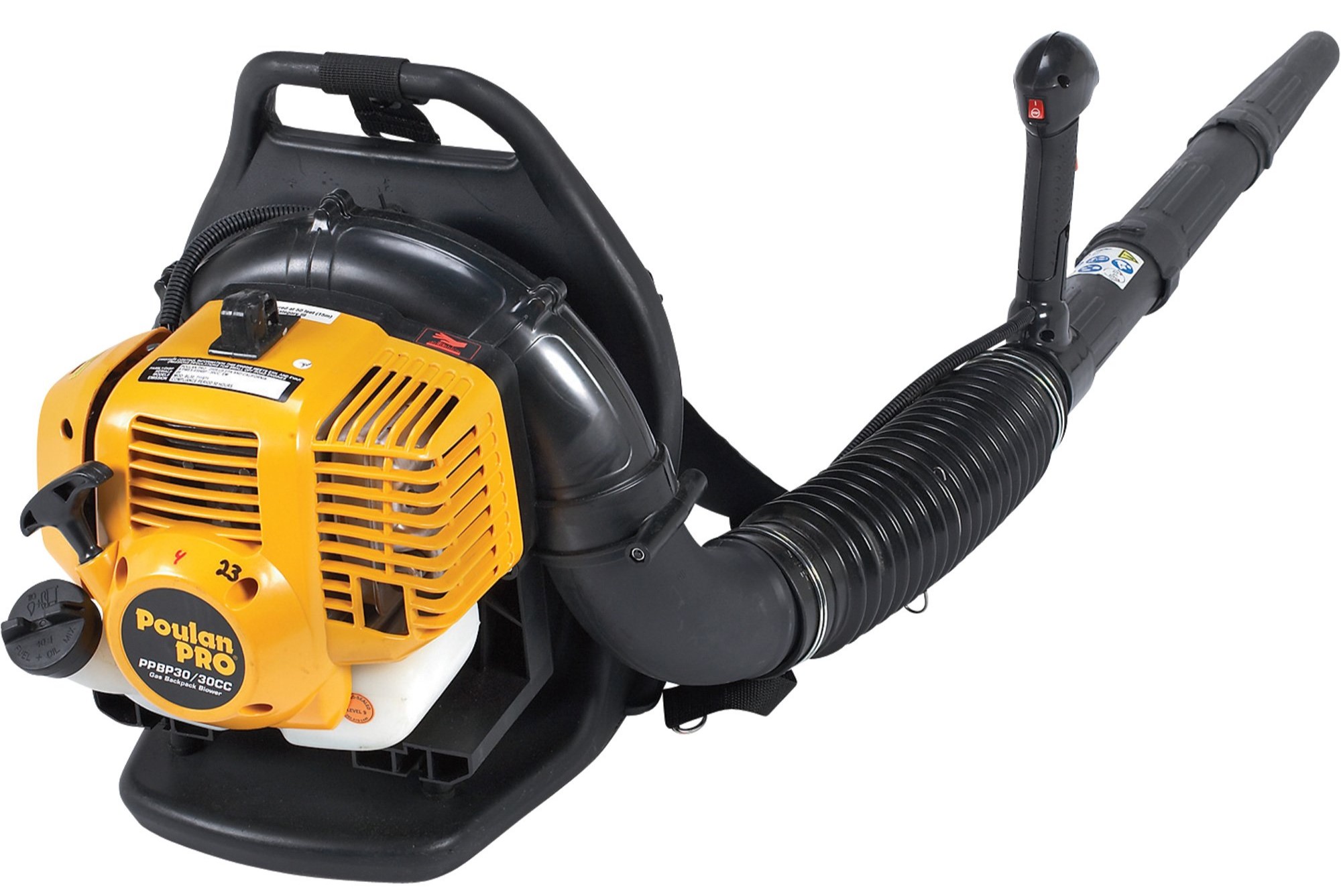
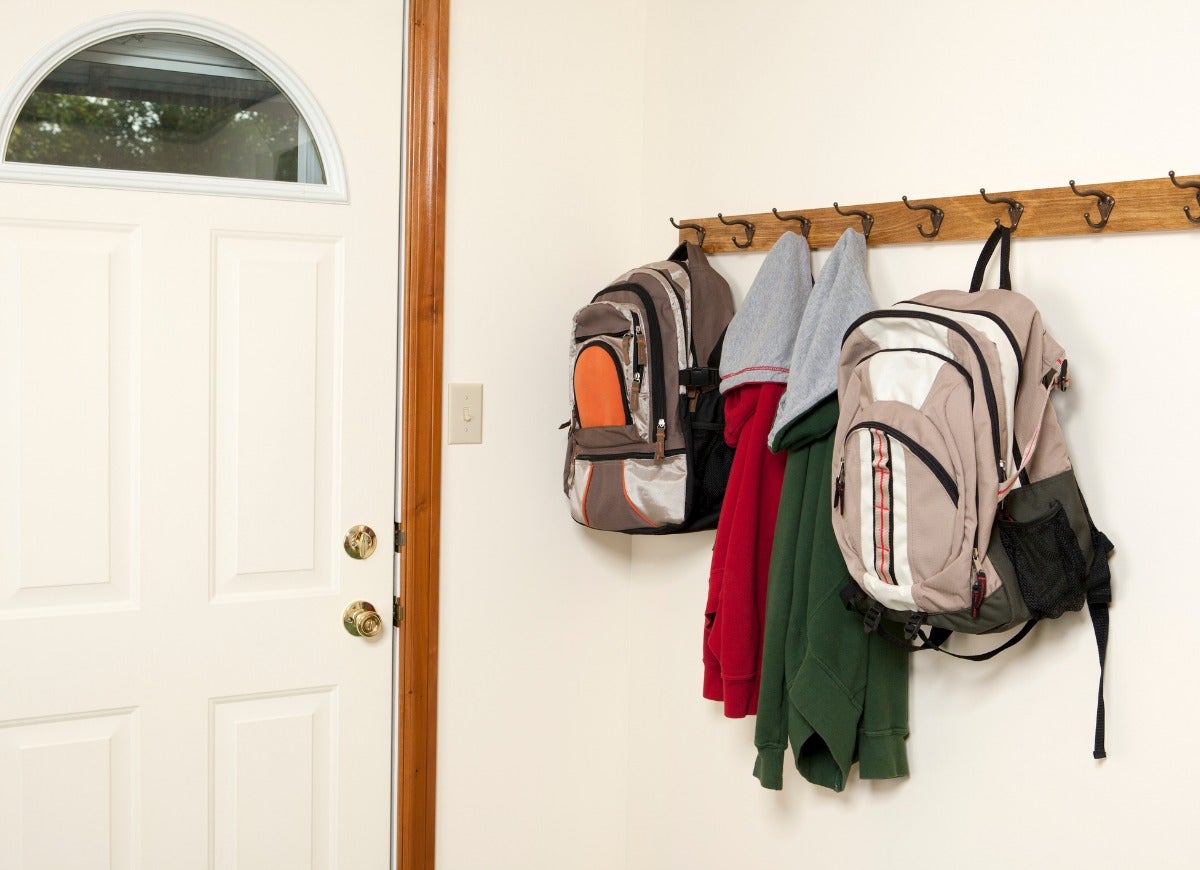

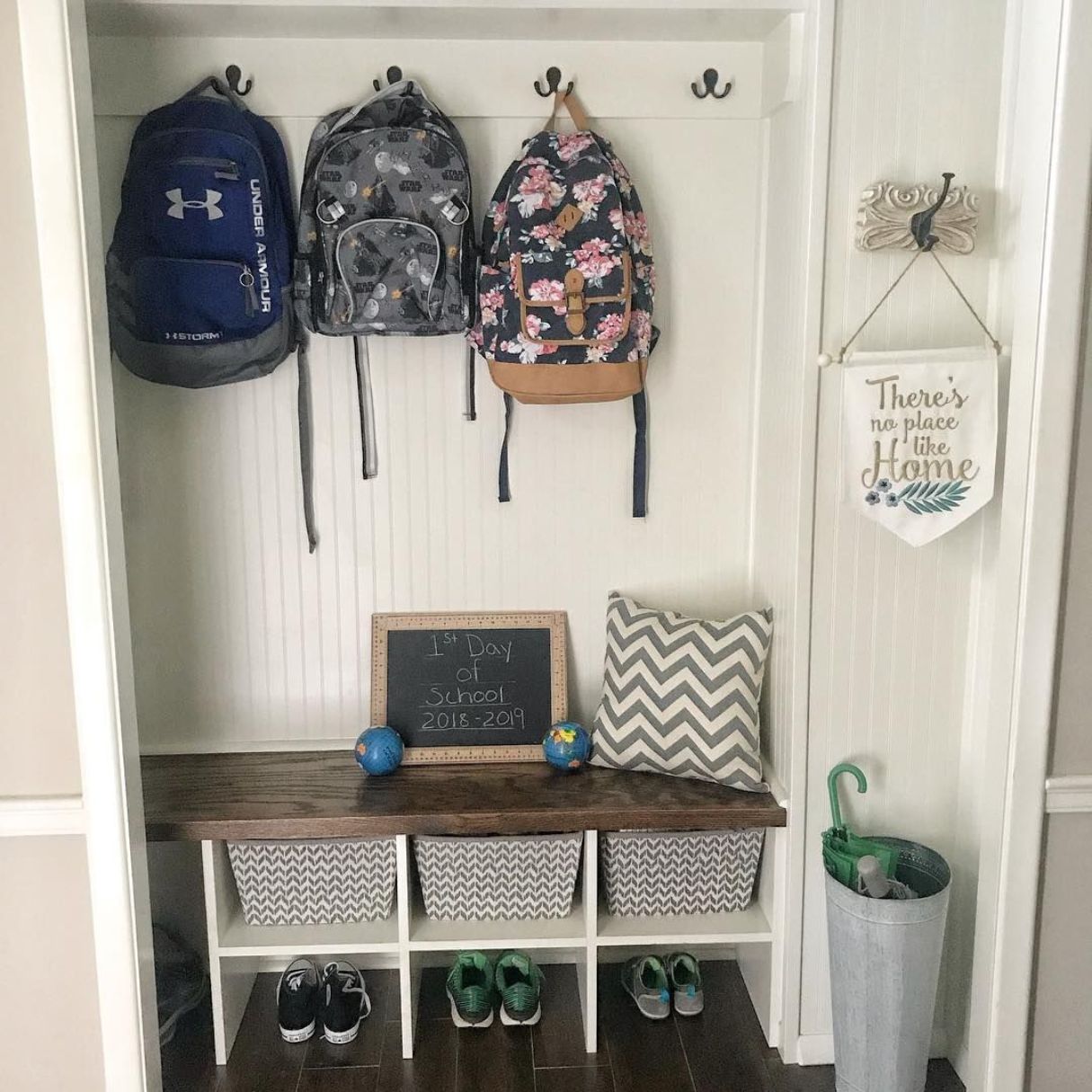
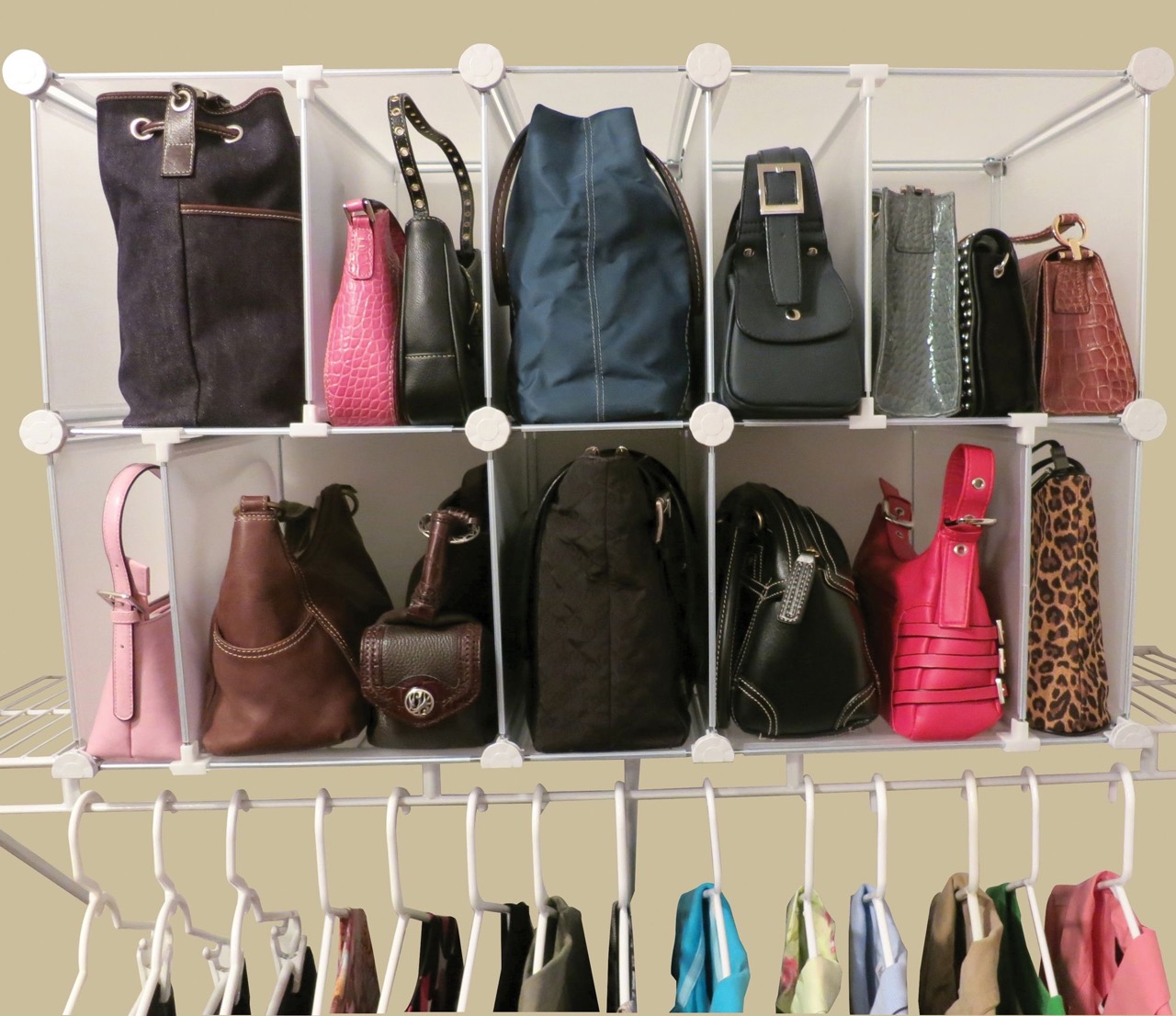
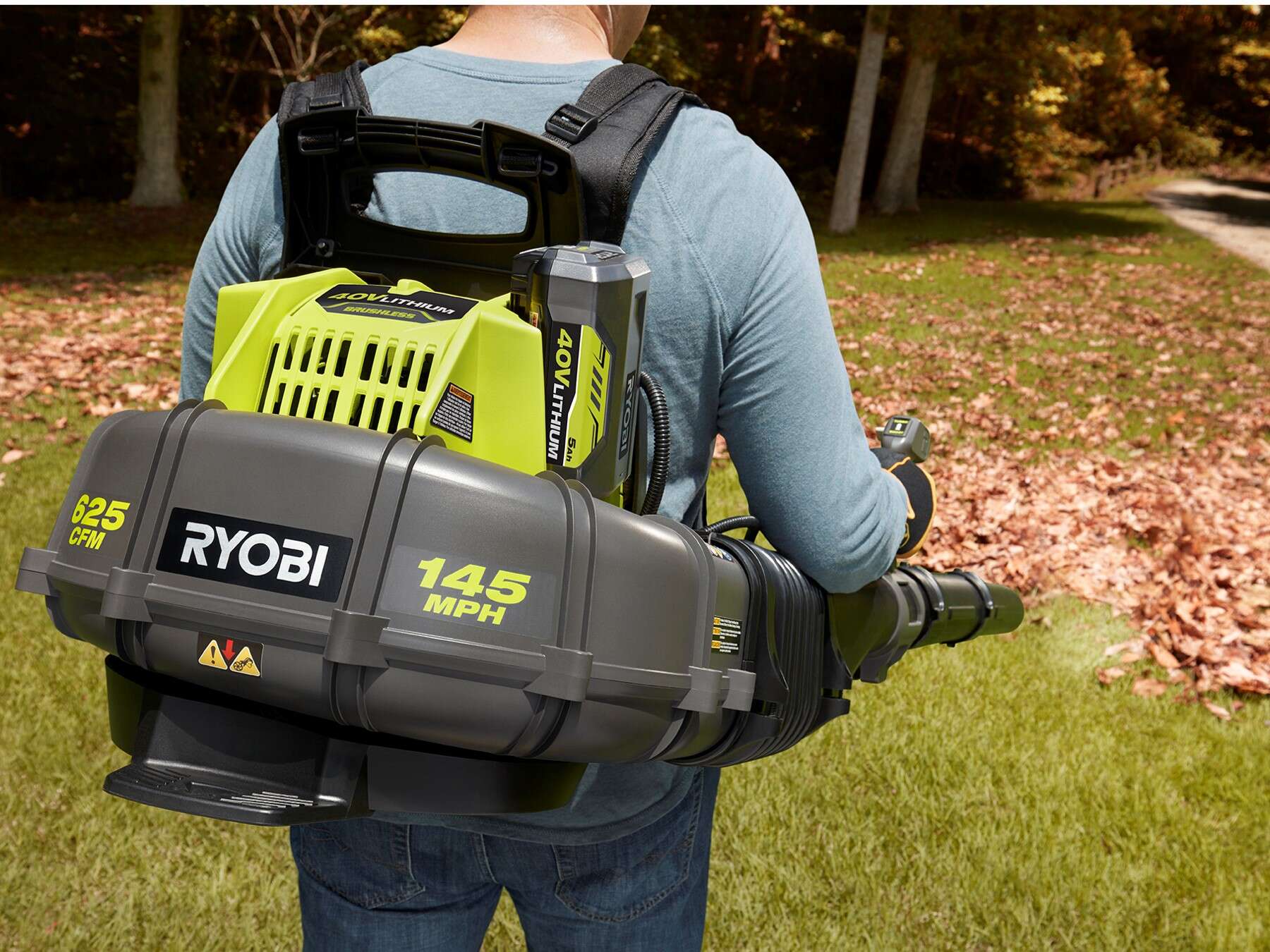
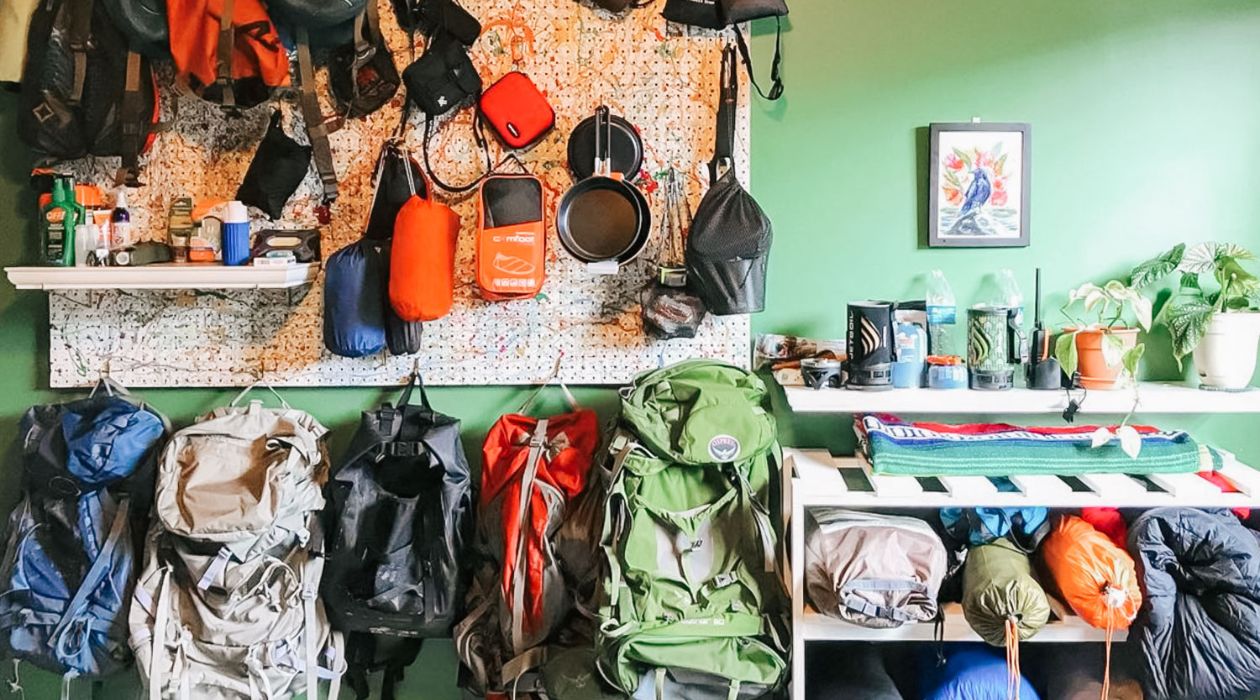
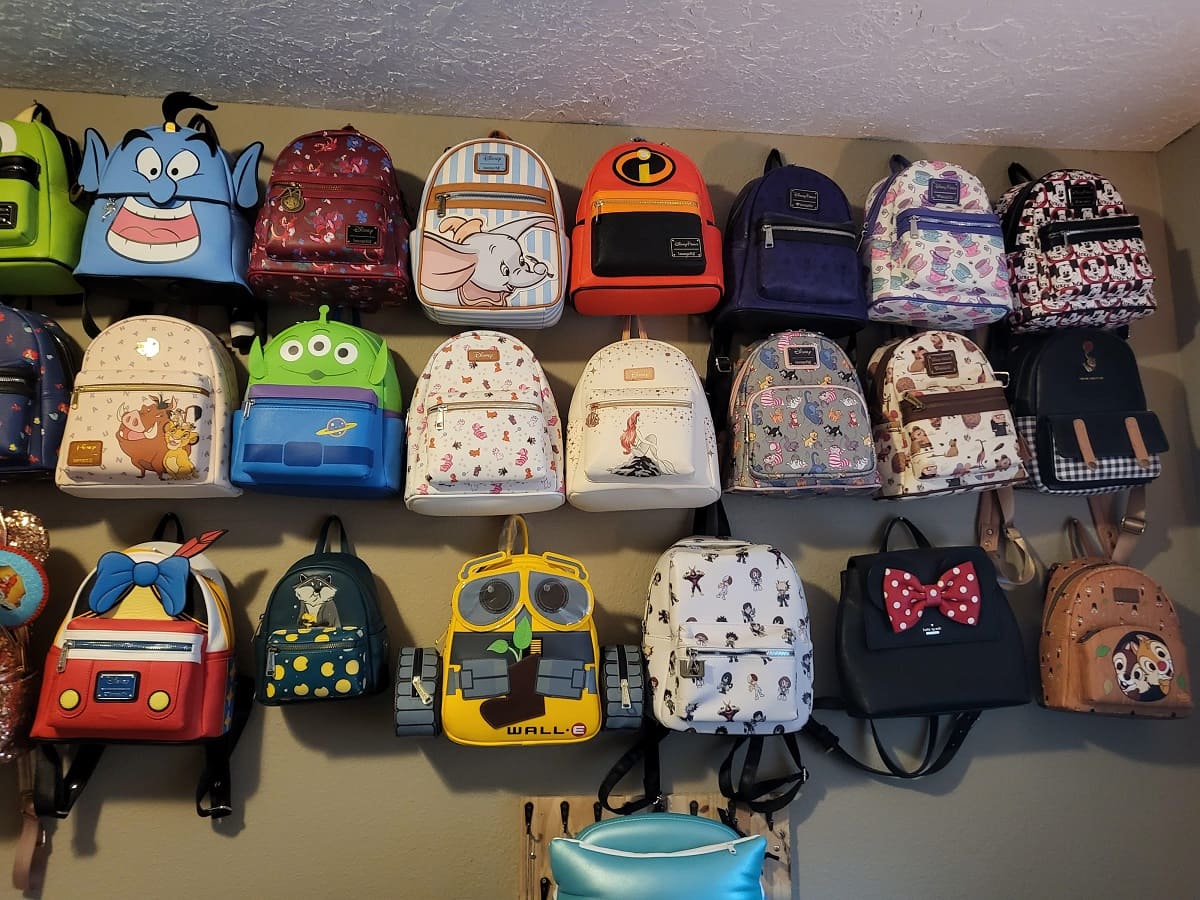
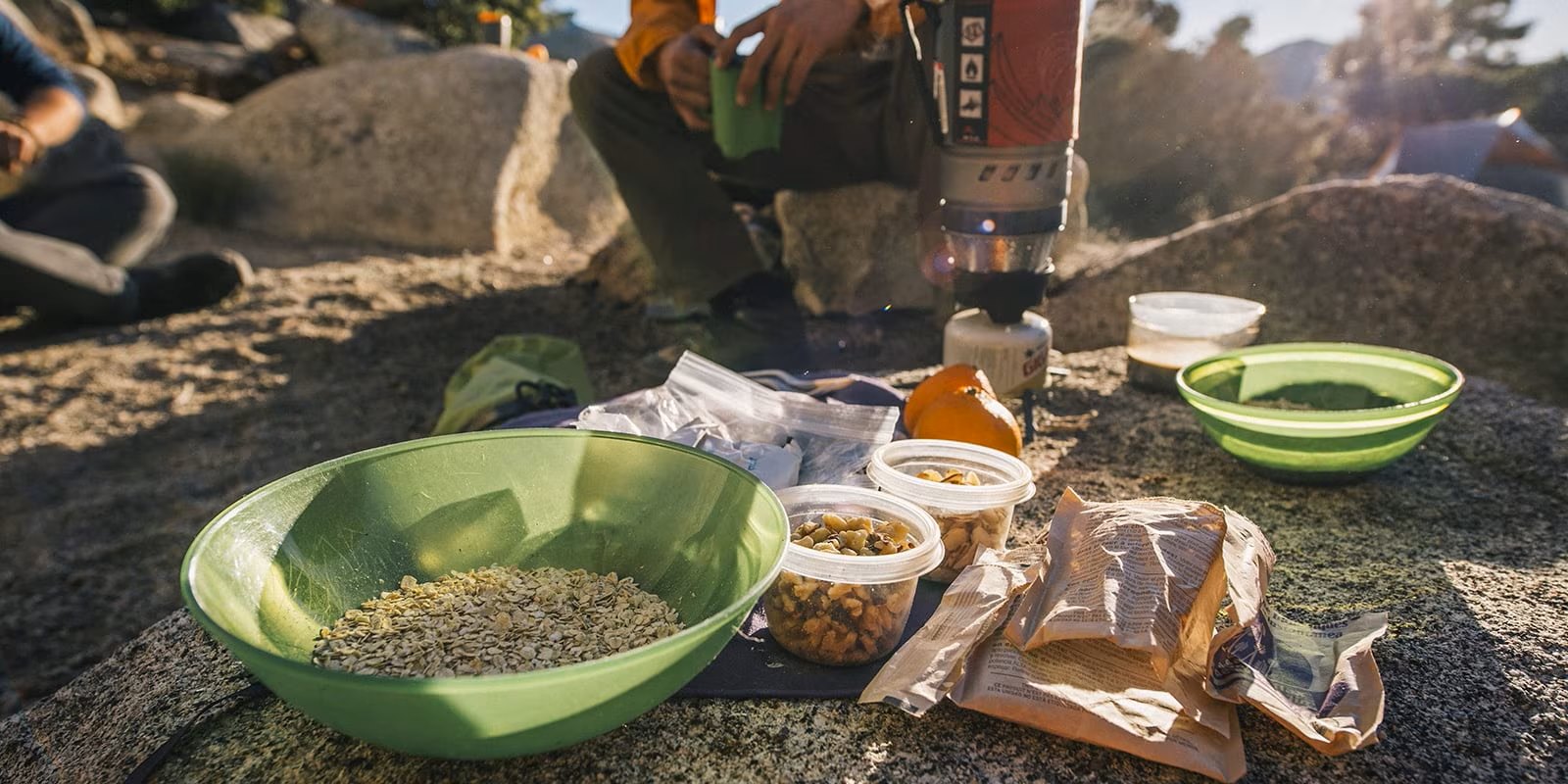
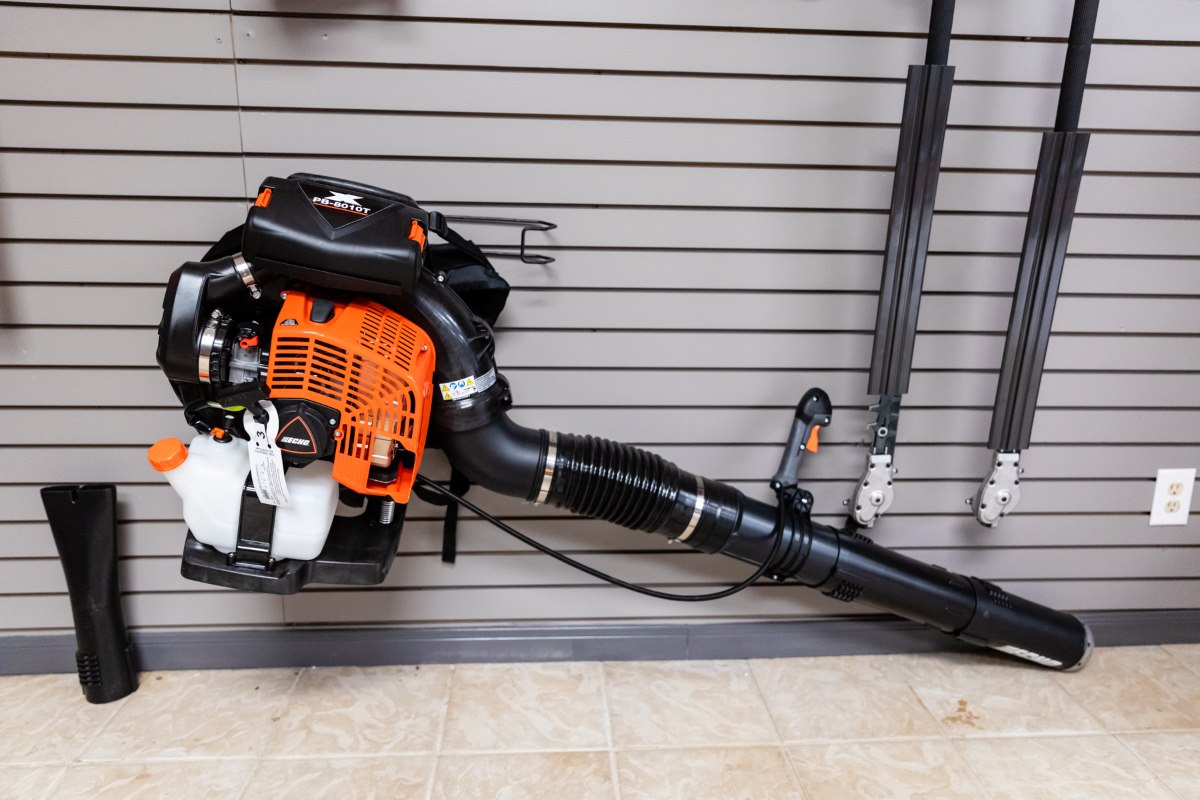
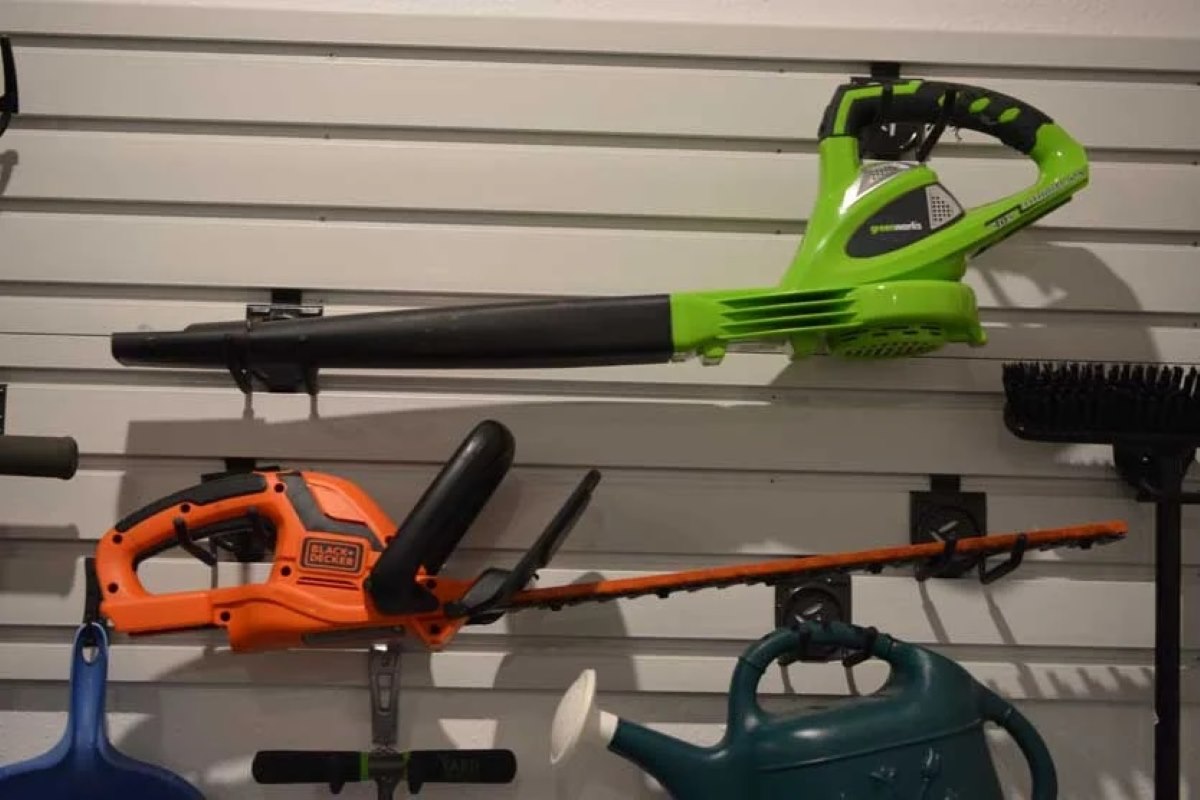
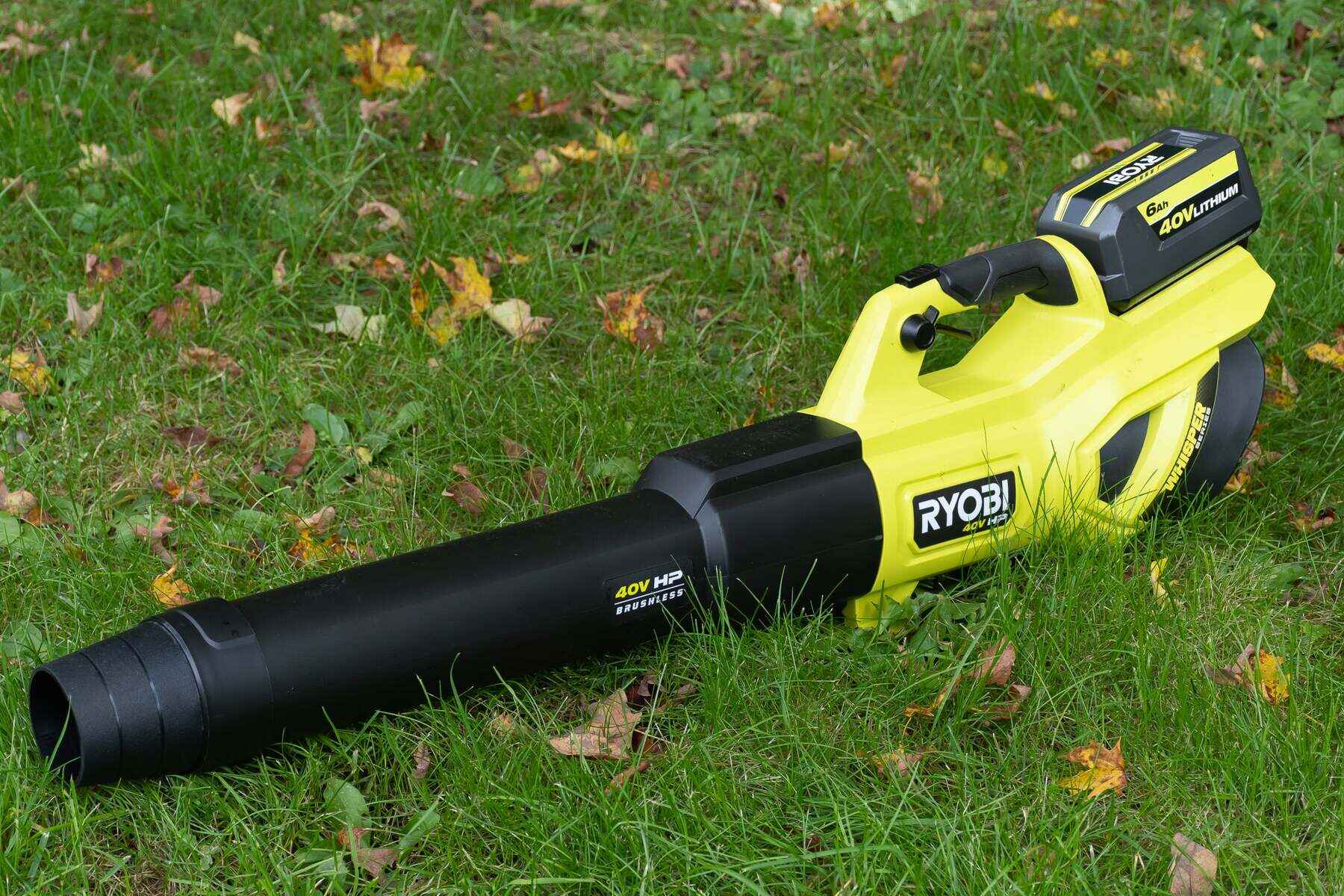
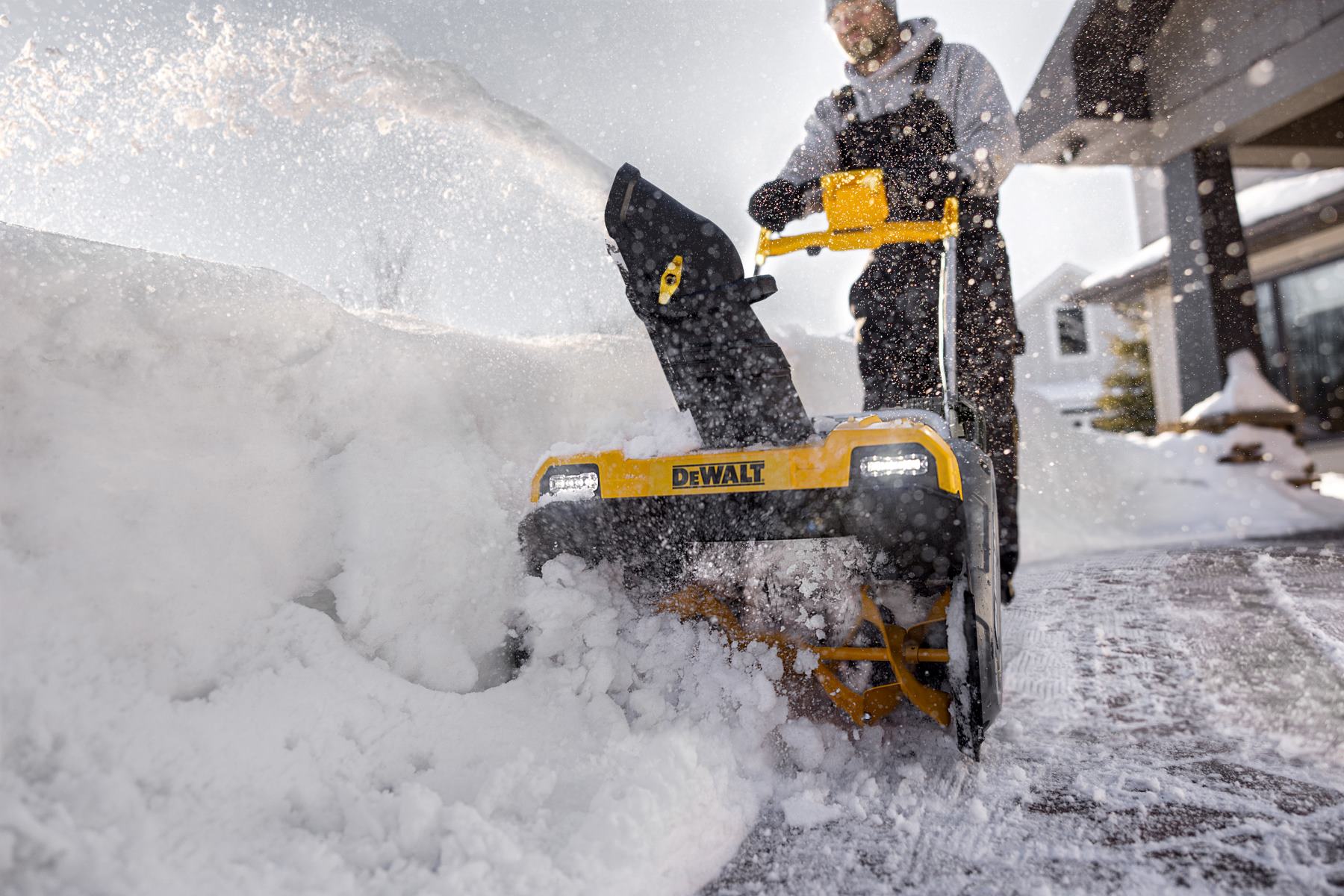

0 thoughts on “How To Store A Backpack Blower”